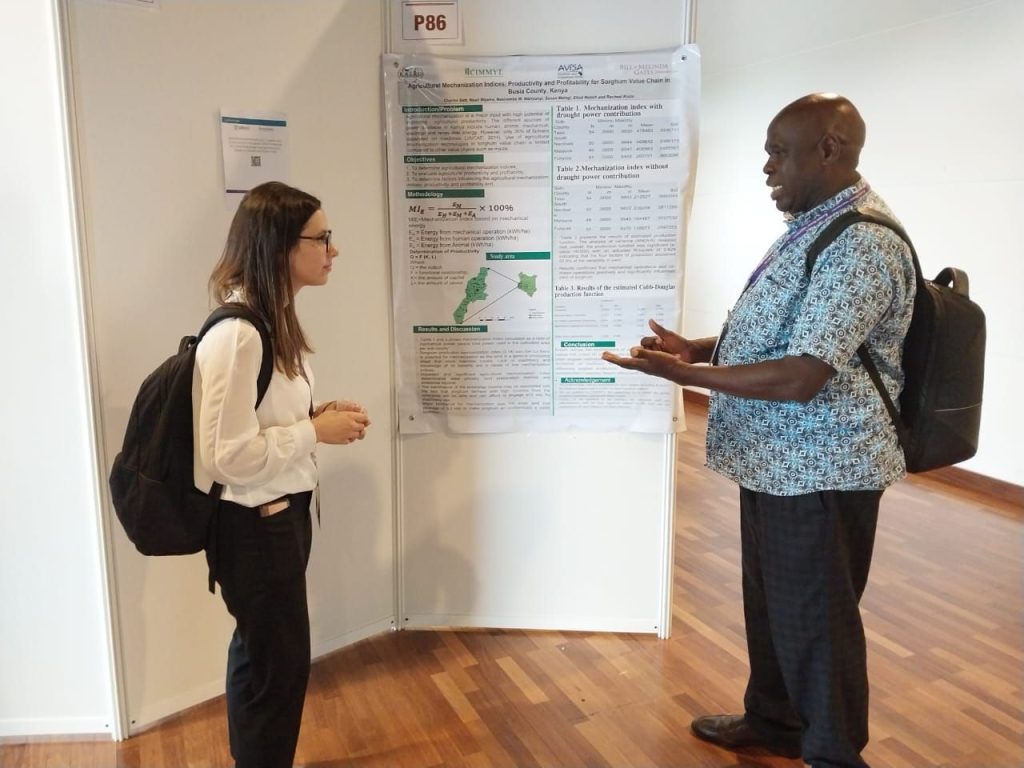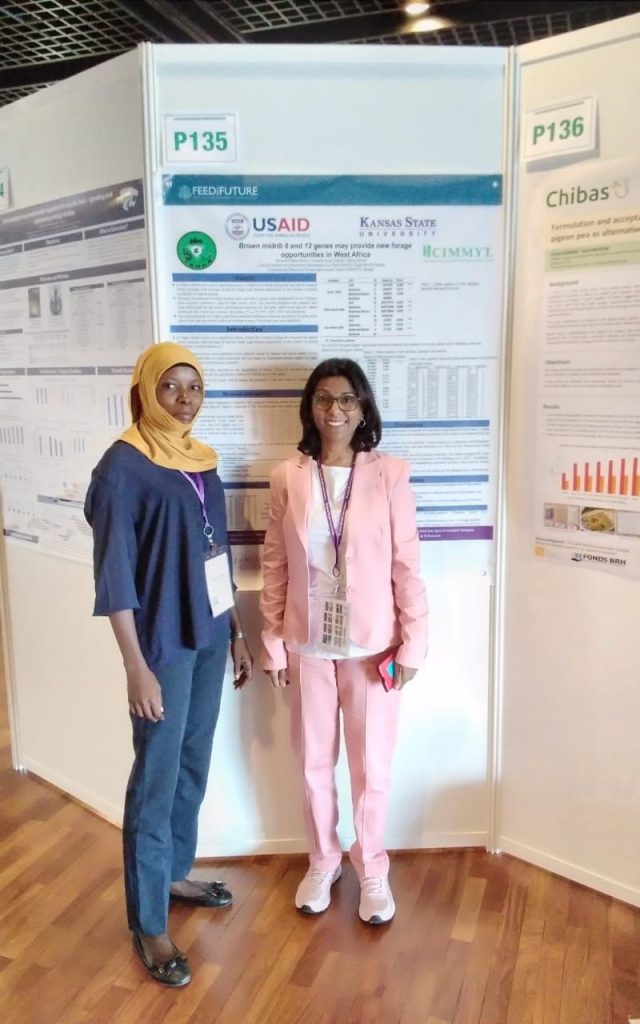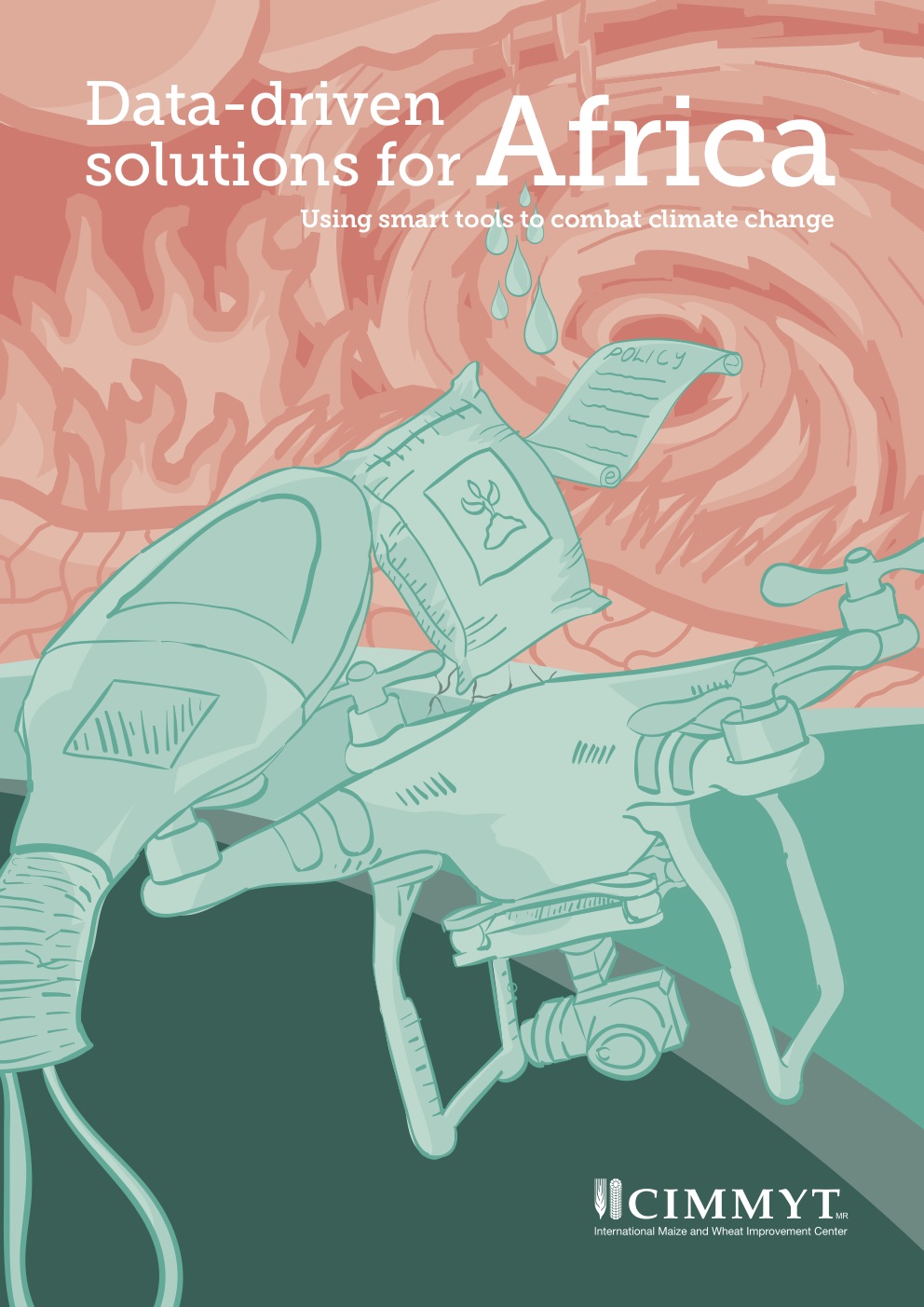The recently concluded Sorghum Conference brought together researchers, scientists, and experts from around the world to discuss the potential and challenges associated with this resilient crop. Participants shared their key takeaways, experiences, and insights during the event, shedding light on the importance of sorghum and its potential applications.
The International Maize and Wheat Improvement Center (CIMMYT) demonstrated valuable insights and technological advances in a variety of sessions, helping to shape the future of sorghum cultivation and products. CIMMYT has initiated a crop improvement program, known as the Dryland Crop Program (DCP) focusing on sorghum, millet, chickpea, pigeon pea and groundnuts. The program is establishing a network with stakeholders in 17 countries in Africa to collaboratively create, develop, and implement a crop improvement network. This approach will enable CIMMYT and the network to identify suitable products for specific market segments, establish joint breeding pipelines, conduct germplasm testing, and ultimately release and scale up superior seed varieties, thereby improving the quality and yield of these dryland crops, ensuring food security, and promoting sustainable agricultural practices.
Among the speakers and presenters at the conference were six National Agricultural Research Extension Systems (NARES) partners. They presented their findings, addressing critical topics such as adaptation genetics and genomics, climate and environmental change, sorghum yield optimization techniques, and the development of new sorghum products for human consumption.
These are some of their reflections:
Exploring the diverse applications of sorghum
Henry Nzioka from Kenya Agricultural and Livestock Research (KALRO) focused on the resiliency, adaptability, and versatility of sorghum. He appreciated the presentations that highlighted the resilience of sorghum in harsh environments. His research presentation focused on biological control measures and genetic resistance for managing the striga weed in sorghum. His findings aligned with one of the objectives of the conference, which was to develop climate-aware weed management technologies. Nzioka acknowledged the need to bridge the gap between research and the various actors in the sorghum value chain. In addition, he gained valuable knowledge regarding the application of modeling tools and farmer research networks.
“The knowledge gained here can contribute to the advancement of sorghum-related industries or research. However, its relevance will be country specific as different countries have different preferences and it may also depend on level of technological advancement of respective countries. Countries can be provided with a basket of options from which they can pick the best bet for advancement.”

The importance of collaboration and the potential of sorghum
Charles Bett of KALRO, commended the high quality of the research papers and posters presented and emphasized the event’s timeliness and extensive use of technology. Bett was motivated by the research methodologies employed by other participants and gained new insights that he intends to incorporate into his own work. He summarized the impact of the conference as the realization of sorghum’s enormous potential for reducing food and nutrition insecurity and boosting household incomes. Bett presented on the evaluation of agricultural mechanization levels in the sorghum value chain, which aligned with the conference’s goal of reducing losses and increasing productivity. His reflections and lessons learned include the necessity of a broader coverage of thematic areas at future conferences and the dissemination of existing sorghum technologies to address productivity limitations. “While it is important to continue working on technology development, more efforts should be put on dissemination of existing technologies and address productivity depressing constraints.”
Promoting Sorghum as the future crop
Baba Haoua from INRAN, Niger emphasized the future potential of sorghum. The presentations and discussions inspired him and reinforced his belief that sorghum is destined to become a major player in the global agricultural landscape. Haoua’s own research on dual-purpose sorghum perfectly aligns with the objectives of the conference and he left the event knowledgeable and well-connected, eager to continue his work with vigor.
Promoting agroecological transition and regional research on sorghum
Assitan Daou, from the Institut d’Economie Rurale (IER) in Mali emphasized the suitability of sorghum as a crop for growing populations in varying climates and the significance of an agroecological transition for adaptation to climate change. His poster presentation centered on sorghum cropping systems under rainfed conditions, which aligned with the conference’s goals of increasing crop productivity, adapting to climate variations, and bolstering the resilience of small-scale farmers. He considers the viability of sorghum production, the breaking of boundaries in the sorghum value chain, and the factors driving future sorghum demand. The exchange with other researchers, as well as the opportunity to improve his communication skills and establish contacts for future collaboration, satisfied Daou’s expectations for the conference. He learned new research techniques, such as crop modeling, and believes the knowledge he gained at the conference will advance sorghum-related industries and research.

Recognizing the resilience and potential of sorghum
Rekiya Abdoulmalik, from the Institute of Agriculture Research (IAR) in Nigeria, presented about the stability evaluation of recently released dwarf sorghum lines, which aligned with the conference’s objective of revealing the genetic potential of sorghum in various environments. The conference motivated her to explore new ideas and directions for her research, particularly regarding the significance of root system architecture for drought resistance. She left the conference with new knowledge and a vision for climate-smart sorghum varieties that can meet food and feed requirements.
Exposing the economic worth of sorghum
Alex Zongo, from the Institut de l’Environnement et des Recherches Agricoles (INERA) / CNRST in Burkina Faso, was inspired by the conference to shift the focus of his research to understanding the value of sorghum for inclusive and sustainable agriculture. He gained a deeper understanding of sorghum’s uses, such as in baking, brewing, and animal feed. Zongo was inspired by the conference to investigate the economic contribution of sorghum and increase stakeholder awareness. “New knowledge shows that crop association (which mobilizes sorghum to a greater extent) helps to stabilize crop yields through soil fertility management. We therefore need to study its economic contribution.”

 Innovations
Innovations 